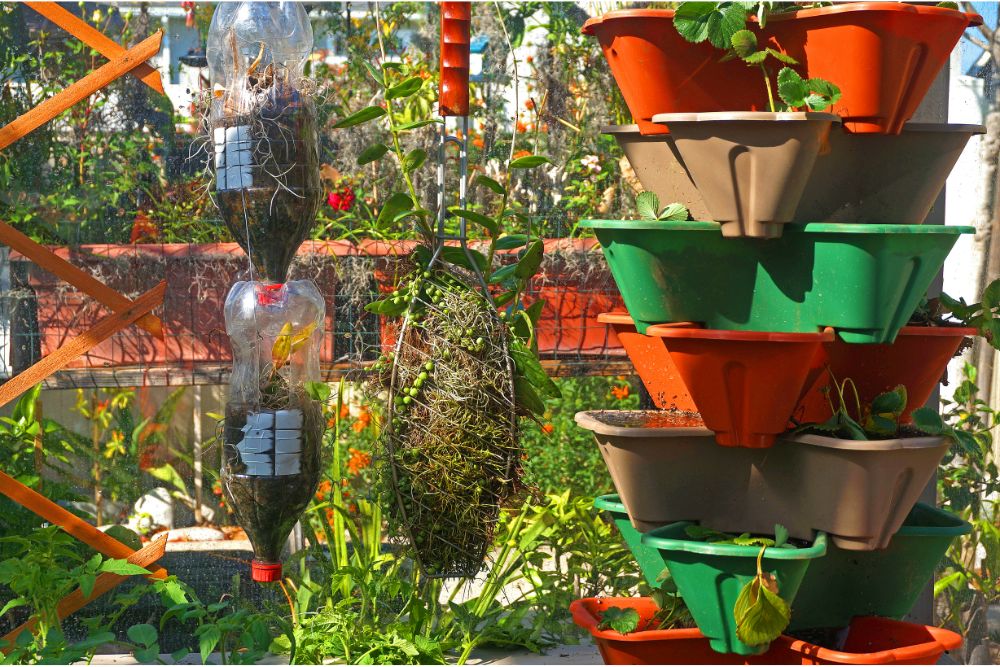Vertical gardens have made a significant impact, with open vertical arrangements starting to appear in major urban centers worldwide. In a cityscape dominated by concrete facades and architectural designs that attempt to mimic nature, a building entirely covered in various types of living plants is truly remarkable.
Patrick Blanc: Pioneer of the Vertical Garden
French botanist Patrick Blanc is a pioneer of the vertical garden concept. His innovative projects, including the exterior of the Quai Branly Museum in Paris and the Parliament in Brussels, demonstrate that living in a city doesn’t have to mean abandoning the natural world. Blanc’s work began in the late 1980s and has addressed a major urban planning challenge: finding space for greenery to maintain air quality and emotional well-being in urban environments.
Design Challenges and Solutions
Creating vertical gardens is not without its challenges. One significant issue Blanc faced was preventing plant roots from damaging the building’s walls. His solution involved planting greenery into a complex system of metal, PVC, and non-biodegradable felt, which is mounted on the building’s facade. This setup requires minimal maintenance once established. An automated watering system at the top of the installation provides the necessary hydration and nutrients, and the densely planted wall does not require trimming or weeding.
Global Influence and Popularity
Since the mid-90s, Blanc’s lush, vibrant walls have become prominent attractions in large cities across France, Spain, and Japan, inspiring the next generation of botanists to explore similar designs. More recently, Bay Area horticulturist and blogger Flora Grubb has introduced vertical gardens in hotels and cafes in San Francisco, and such installations have become increasingly common in American cities, including Philadelphia, Los Angeles, and Fort Lauderdale.
Vertical Gardens in Private Homes
Vertical gardens have also gained popularity among urban dwellers who want to maximize their space. Home gardeners are using vertical arrangements to grow everything from edible herbs to succulents on their apartment walls. Although some vertical garden systems can be expensive, with costs reported as high as $10,000 for certain installations, companies like Wooly Pocket have developed cost-effective solutions that are easier to install.
The Impact on Urban Living
Whether public or private, vertical gardens have a profound impact on city residents. Blanc captures this sentiment beautifully in his book The Vertical Garden: From Nature to the City, stating, “Anyone standing before one… will feel the breath of the wild amidst the city.”

